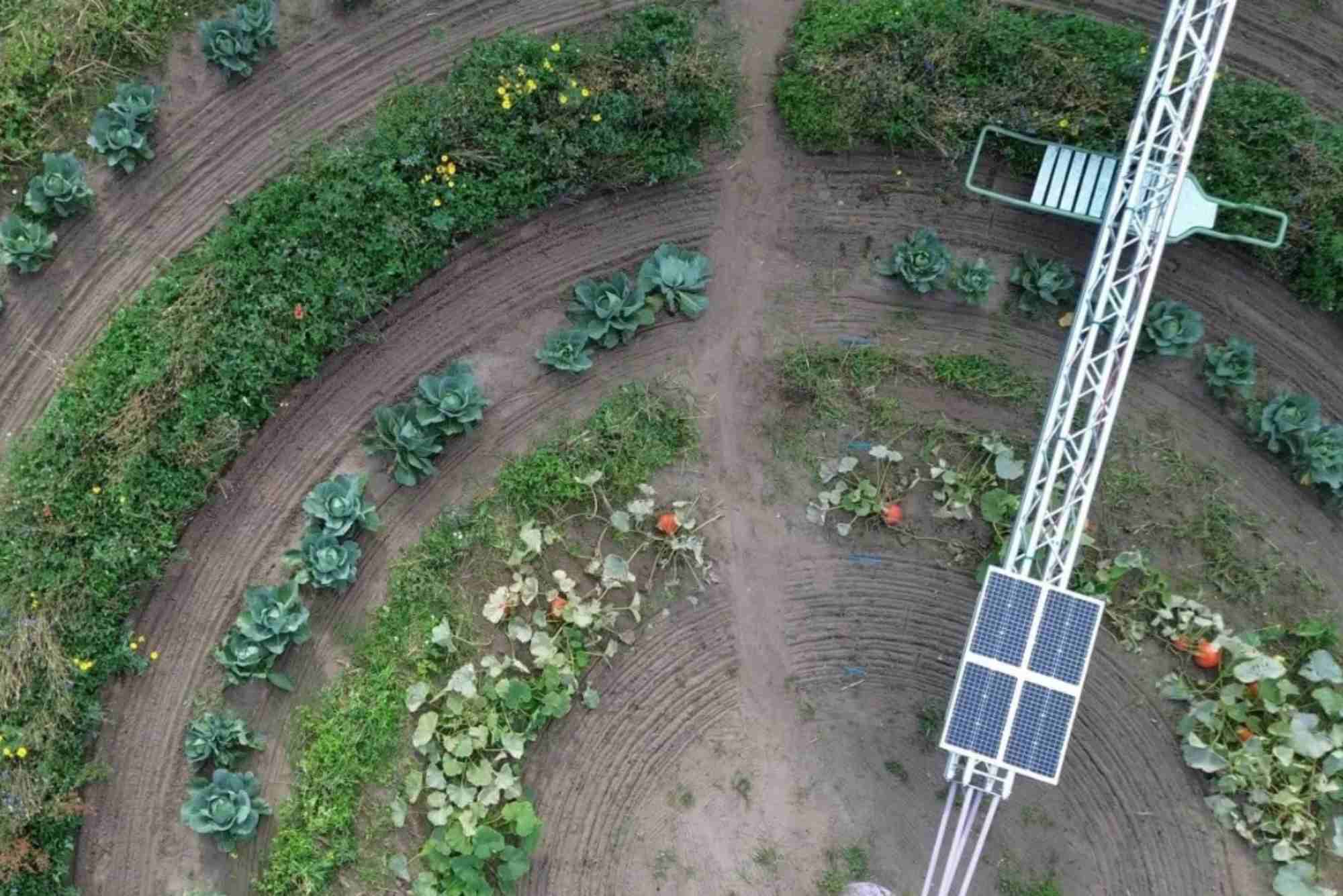Agritech Startups Win Funding for Regenerative Agriculture Rollouts
A growing wave of agritech startups focused on regenerative agriculture have secured significant funding to scale up sustainable practices that restore soil, enhance biodiversity, and build climate-resilient food systems. These investments mark a major milestone in global efforts to combine technology with ecological stewardship and environmental sustainability.
Highlights
- €700,000 funding awarded to Cropin to scale its AI‑powered regenerative potato farming platform across Europe.
- €2.25 million raised by Agurotech to expand its data‑driven farming tools that optimize resource use and reduce environmental impact.
- $22 million Series A for Klim, a Berlin-based startup, to expand its regenerative farming platform internationally.
- $50,000 grant awarded to Sand to Green, a Moroccan agrotech firm working on desert restoration through regenerative agroforestry.
Global Momentum for Regenerative Agritech
Cropin, headquartered in Bengaluru, has secured a €700,000 contract under the EIT Food Impact Funding Framework to implement its FIRST Potato (Field Intelligence for Regenerative Agriculture and Sustainability) project. The initiative will roll out on pilot farms in Denmark and works in partnership with Aarhus University for scientific validation. Cropin’s AI-driven decision-support system uses real-time field data (from sensors, satellites, weather stations) to provide daily, plot-level advisories for irrigation, input use, and residue management — helping farmers restore soil health without sacrificing yields.
Agurotech, an Amsterdam-based agritech company, raised €2.25 million to accelerate its mission of resource-efficient farming. The funds will support the international expansion of its hardware-software solutions, including sensor networks and AI-powered forecasting tools, to reduce water use and optimize fertiliser and pesticide application — all while promoting regenerative practices.
In Germany, Klim secured US$22 million in a Series A funding round to drive its regenerative farming platform beyond Europe. Klim’s technology helps farmers plan, execute, and finance their shift to regenerative practices — from soil restoration and biodiversity to carbon sequestration — by enabling them to monitor progress and generate income through carbon insets..
Meanwhile, Sand to Green, based in Morocco, won a US$50,000 grant at the DeepTech Summit 2025. The grant will fund its satellite-analysis-driven regenerative agroforestry work, which combines land intelligence with solar-powered desalination technology. The ambition: transform degraded, arid landscapes into productive farmland while restoring ecosystems and supporting local communities.
Why It Matters: Regenerative Agriculture Meets Technology
Restoring Soil and Sequestering Carbon
Regenerative farming techniques — such as cover cropping, reduced tillage, and strategic residue management — improve soil organic carbon and microbial diversity. By integrating digital tools, agritech startups make these practices measurable, scalable, and economically viable. For instance, Cropin’s AI-driven model provides actionable insights that optimize input use, significantly reducing environmental footprint while boosting soil resilience.
Aligning Incentives for Farmers
Klim’s platform enables farmers to track ecosystem health and verify carbon capture, allowing them to access new revenue via carbon insets.Such financial incentives create a powerful motivation for farmers to adopt regenerative practices.
Promoting Global Adoption
With Cropin’s expansion into European potato farms and Agurotech’s cross-continent scaling, these investments are laying the foundation for a broader, cross-border regenerative agriculture movement. The goal is not only to promote soil health but also to contribute to climate adaptation, food security, and sustainable land use.
Restoring Degraded Landscapes
Sand to Green’s work in Morocco targets some of the hardest-hit regions experiencing desertification. By combining satellite data with community-led agroforestry, the startup demonstrates how regenerative agriculture can reconcile ecological restoration with economic development.
Supporting Quotes
“Regenerative agriculture is gaining momentum, but farmers often lack tools to track progress and justify the upfront costs,” said Krishna Kumar, CEO and Founder of Cropin. “With FIRST Potato, we’re enabling precision, accountability, and scale — bridging the gap between climate ambitions and farm-level reality.”
Joëlle van den Brand, Co‑founder of Agurotech, added: “Our technology empowers farmers to reduce resource use without compromising productivity. With this funding, we can reach more regions and support regenerative transitions globally.”
Robert Gerlach, Co‑founder of Klim, noted: “This funding accelerates our mission. By helping farmers to verify and monetize the ecosystem services they regenerate, we’re building a viable business model for climate-positive agriculture.”
Benjamin Rombaut, CEO of Sand to Green, remarked: “Winning the grant validates our vision — turning dry, degraded lands into thriving agroforestry systems. It’s not just about regenerating ecosystems; it’s about regenerating livelihoods.”
Looking Ahead: Scaling Impact
These funding wins are not just milestones for individual startups — they are accelerators for a wider regenerative agriculture movement. With smart capital, digital innovation, and a clear environmental purpose, agritech companies are unlocking new ways to restore soil health, empower farmers, and mitigate climate change.
Key future drivers include:
- Scaling carbon markets — As platforms like Klim enable traceable carbon sequestration, voluntary and compliance-based markets are expected to grow.
- Expanding scientific validation — Partnerships with research institutions (e.g., Cropin & Aarhus University) will bring rigor and trust to regenerative models.
- Expanding to emerging regions — The success of Sand to Green highlights the potential for regenerative rollouts in arid, marginalized landscapes.
- Strengthening public–private partnerships — Grants and investments can catalyze regenerative adoption, especially when aligned with global sustainability goals.
About Regenerative Agriculture
Regenerative agriculture refers to farming practices that restore degraded soil, enhance biodiversity, sequester carbon, and increase resilience to climatic stress. Techniques often include cover cropping, minimal tillage, crop rotation, and integrating livestock, all aimed at improving ecosystem health over time.
For More Information
- Learn more about the EIT Food Impact Funding Framework and its support for regenerative projects.
- Visit Tech.eu for the full story on Klim’s $22 million funding round. TechCrunch
- Read about Cropin’s €700K regenerative potato farming initiative in New Tech Foods. New Tech Foods







